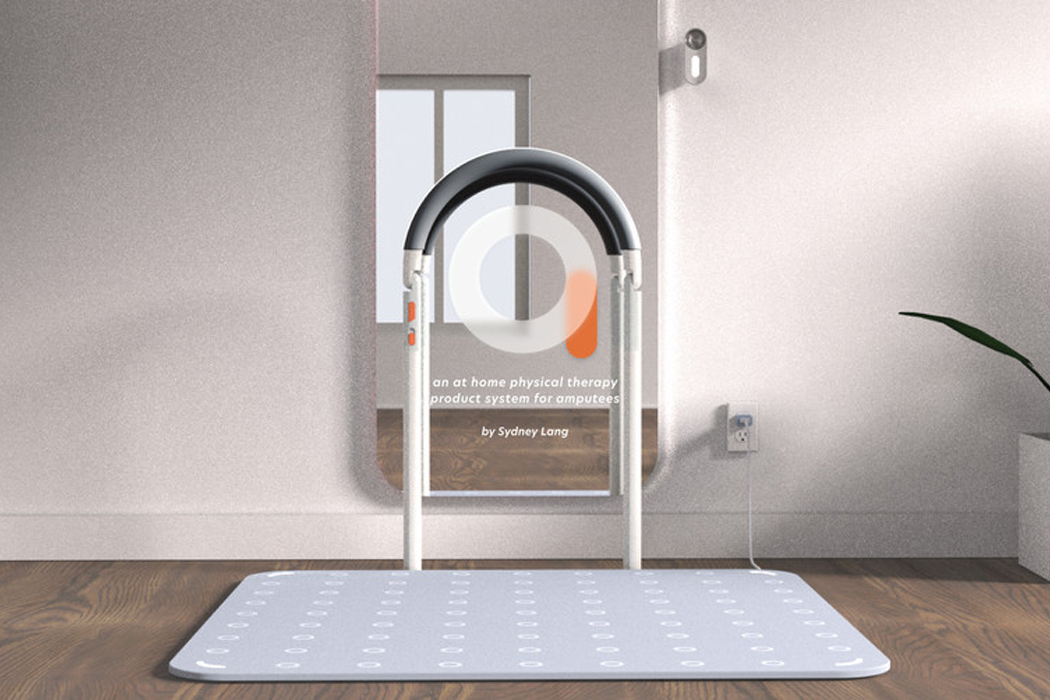
Physical therapy is a crucial step in the journey towards functional recovery for amputees. Taking place soon after surgery, physical therapy lasts as long as the wound takes to heal, most often somewhere between four and eight weeks, but then it’s up to the patient to keep up with the road towards functional recovery. Learning that at-home physical therapy regimens hold a 10% compliance rate, designer Sydney Lang created Adapt, an in-home physical therapy equipment smart system specifically for amputees.
Physiotherapists who specialize in amputee rehabilitation help patients through general conditioning exercises, inflammation, and compression issues, as well as possible endurance routines. Following their time spent with the physiotherapists, patients are expected to continue with their workout regimens at home, which Adapt makes easier. Just before leaving the physical therapy office, patients can have their physiotherapists program their Adapt recovery plan so they can move forward with their at-home rehabilitation.
Following in-depth interviews and comprehensive research, Lang learned that guidance, transparency, consistency, and structure are some of the most important factors when it comes to following through with at-home physical therapy. In designing Adapt, Lang understood that the most important parts of functional recovery ranged from motivation and range of motion to strength and alignment. To help with patients’ motivation levels, Adapt includes a motion-tracking camera that visually monitors the progress of patients. To ensure that range of motion exercises are still worked on, the interactive, digital foot mat conditions the patient’s lower body through stepping patterns that simulate the uncertainty of daily movement.
Comprising three essential components, the physical product includes an interactive foot mat, motion-tracking camera, and versatile support bar in order to facilitate familiar physical therapy at home. In addition to the physical product, Adapt has an app compatible with smart devices that introduces Adapt users to a larger community of those on the road towards functional recovery, allowing users to organize, store, and monitor their personal recovery on a public digital domain.
Designer: Sydney Lang
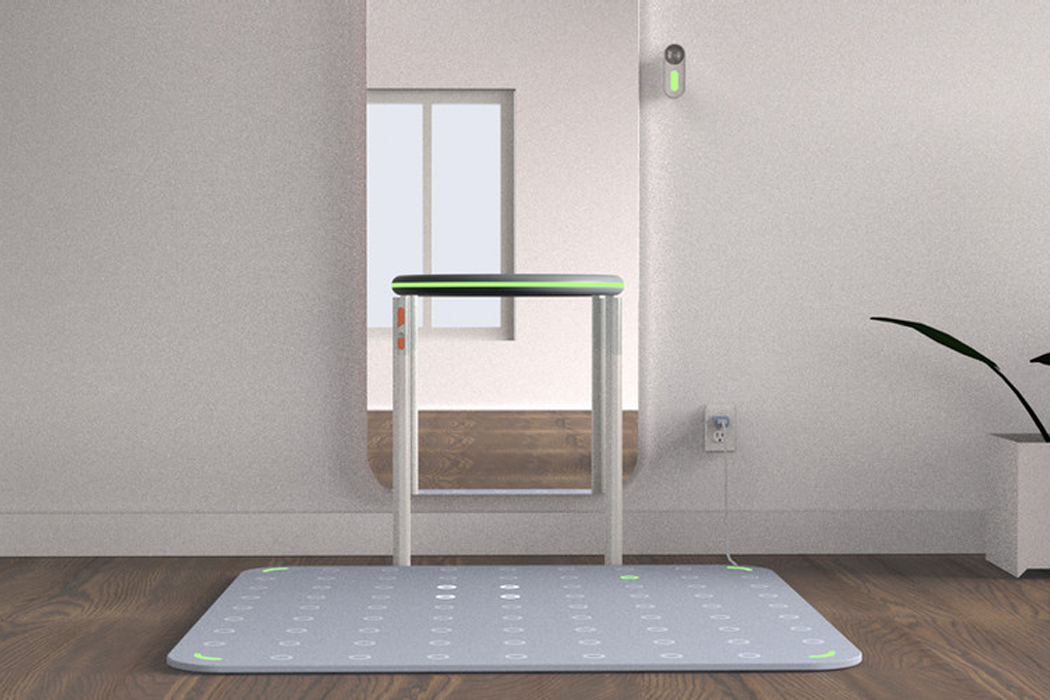
Adapt includes an interactive digital foot mat, support bar, mirror, and motion-tracking camera.
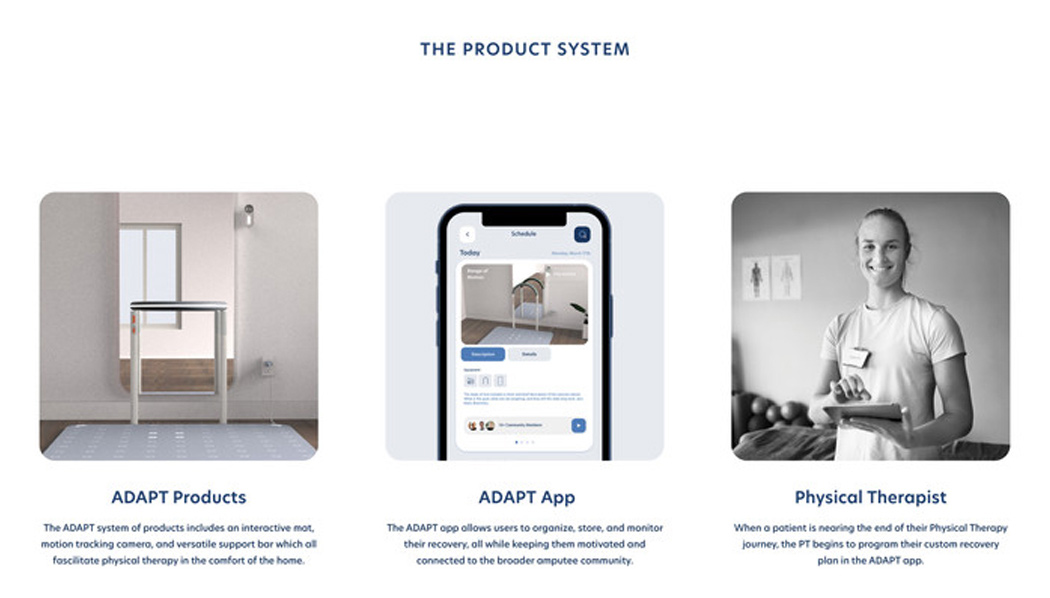
Following patient’s physical therapy sessions, their PTs can program Adapt to continue on towards functional recovery.
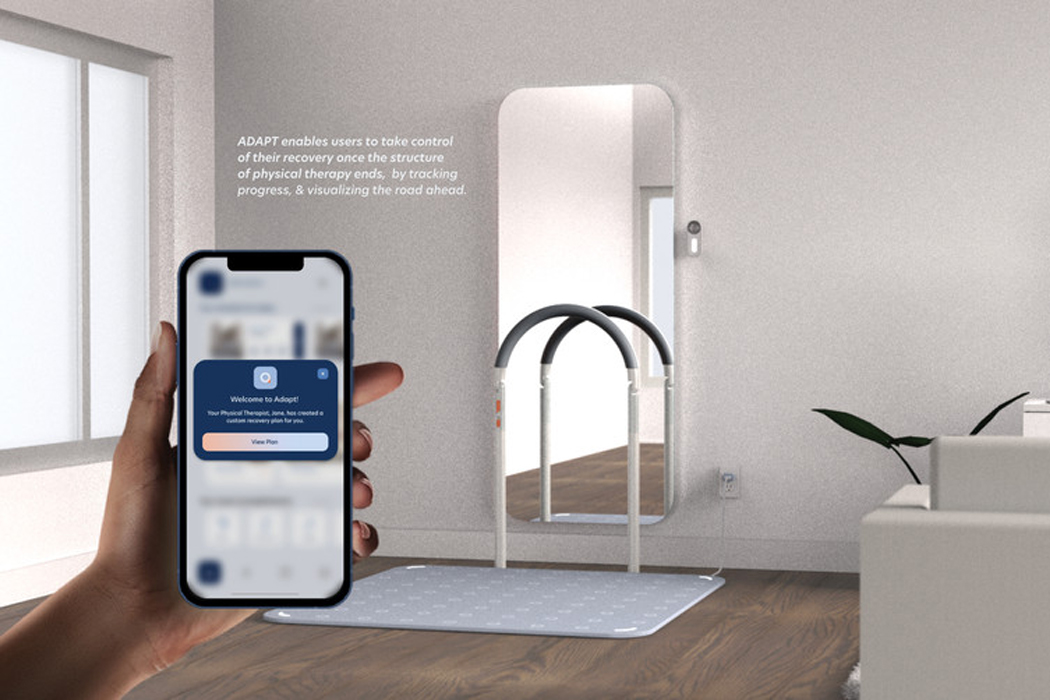
“Adapt enables users to take control of their recovery once the structure of physical therapy ends, by tracking progress, and visualizing the road ahead.”
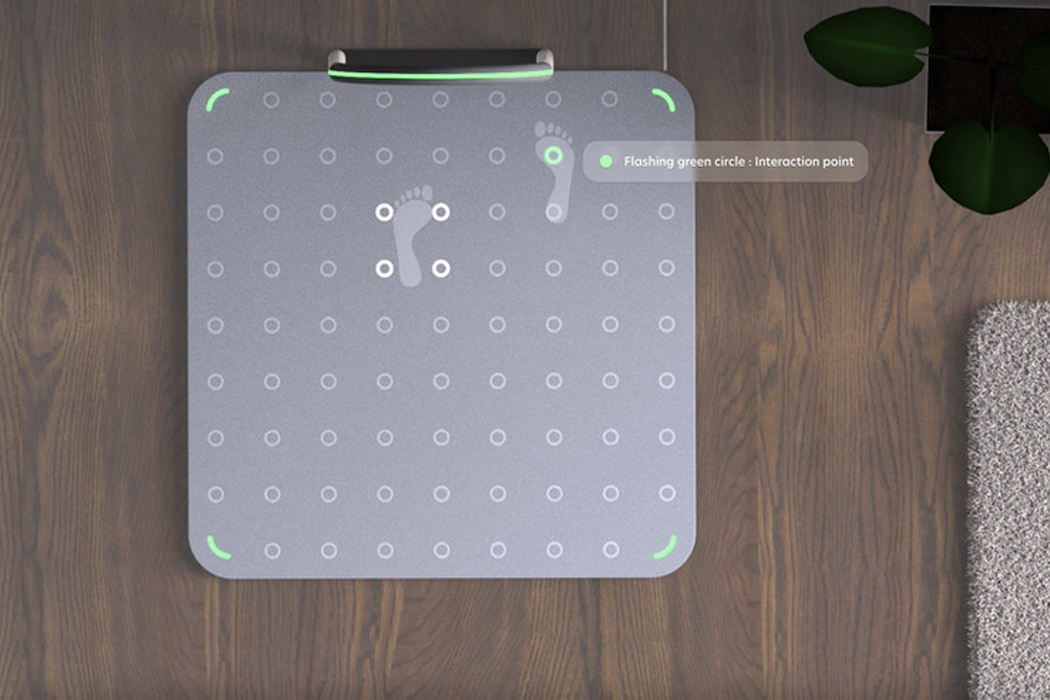
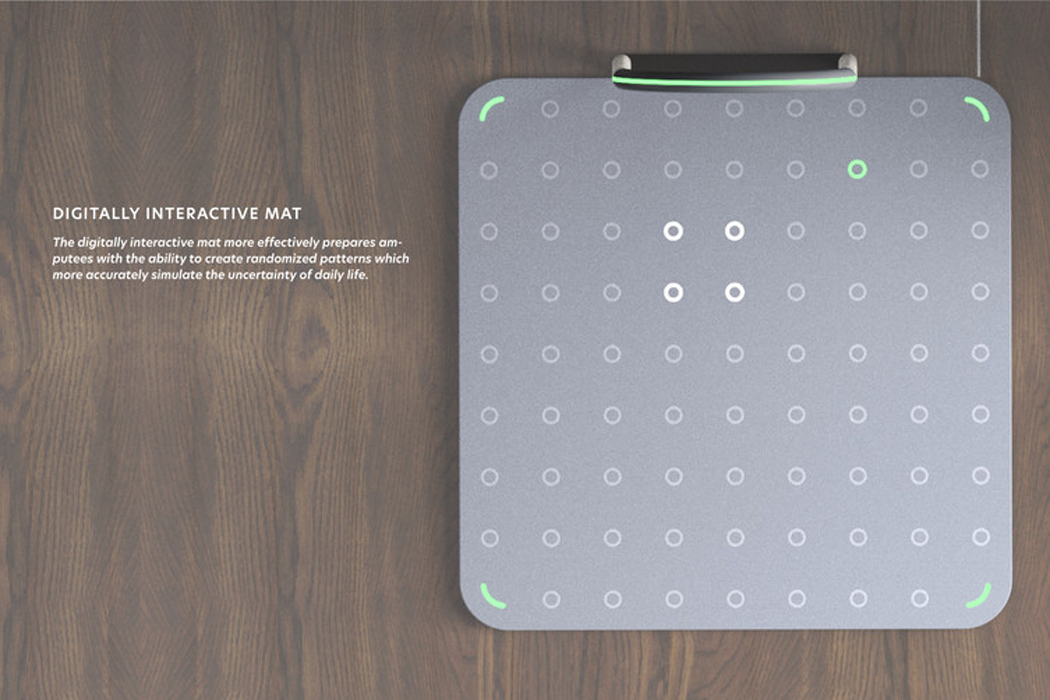
“The digitally interactive mat more effectively prepares amputees with the ability to create randomized patterns which more accurately simulate the uncertainty of daily life.”
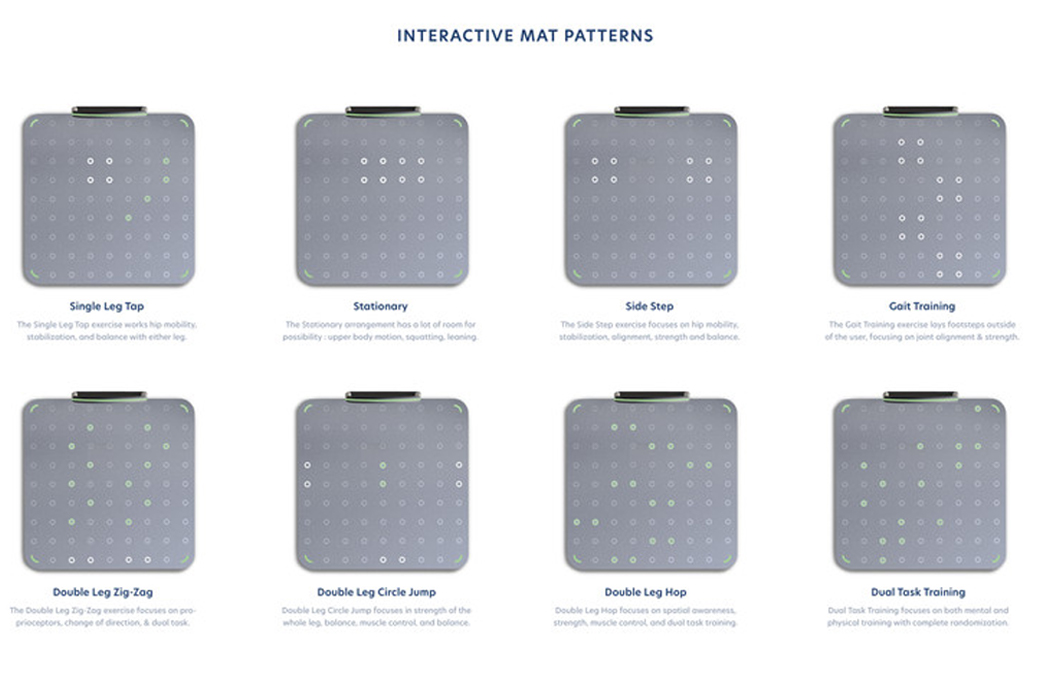
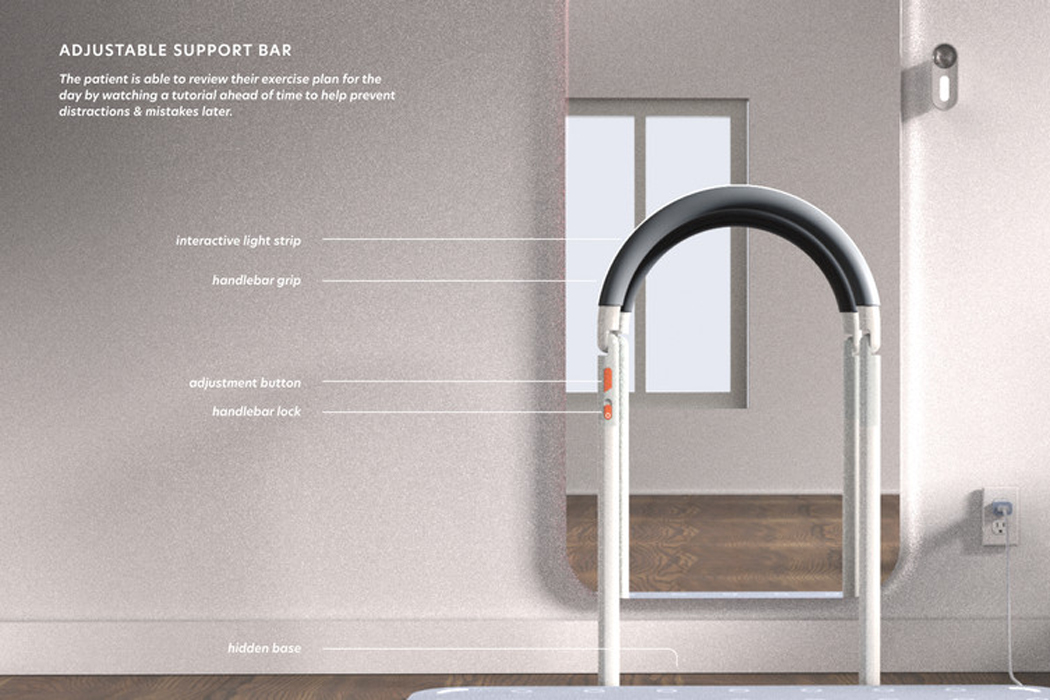
“The patient is able to review their exercise plan for the day by watching a tutorial ahead of time to help prevent distractions and mistakes later.”
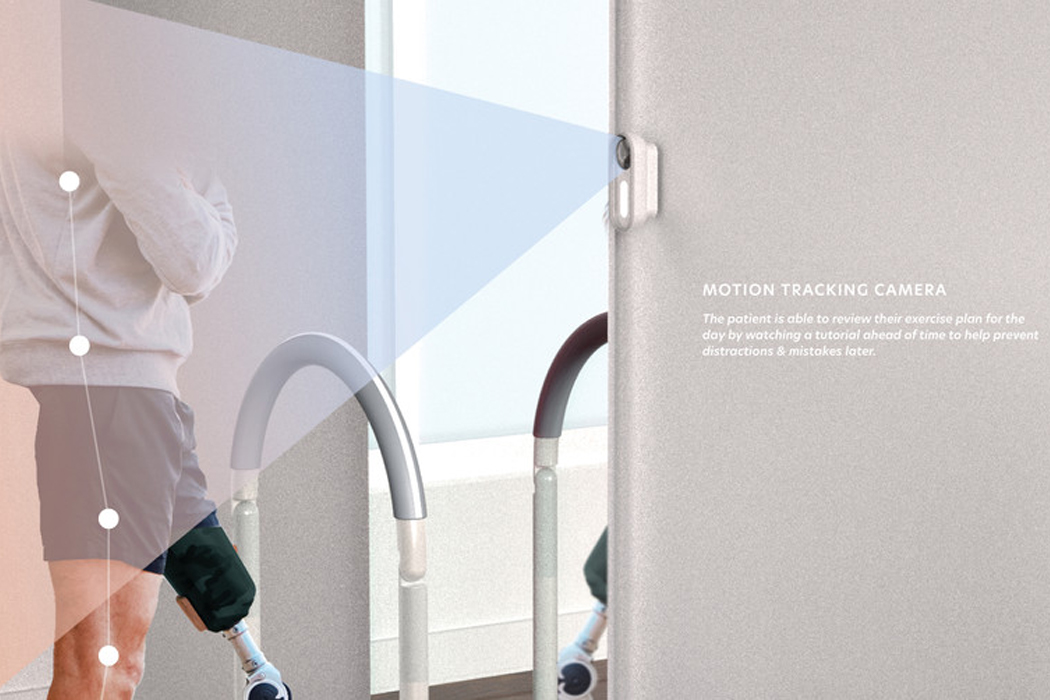
A motion-tracking camera records the progress of patients to help them, monitor their improvements and trouble spots.
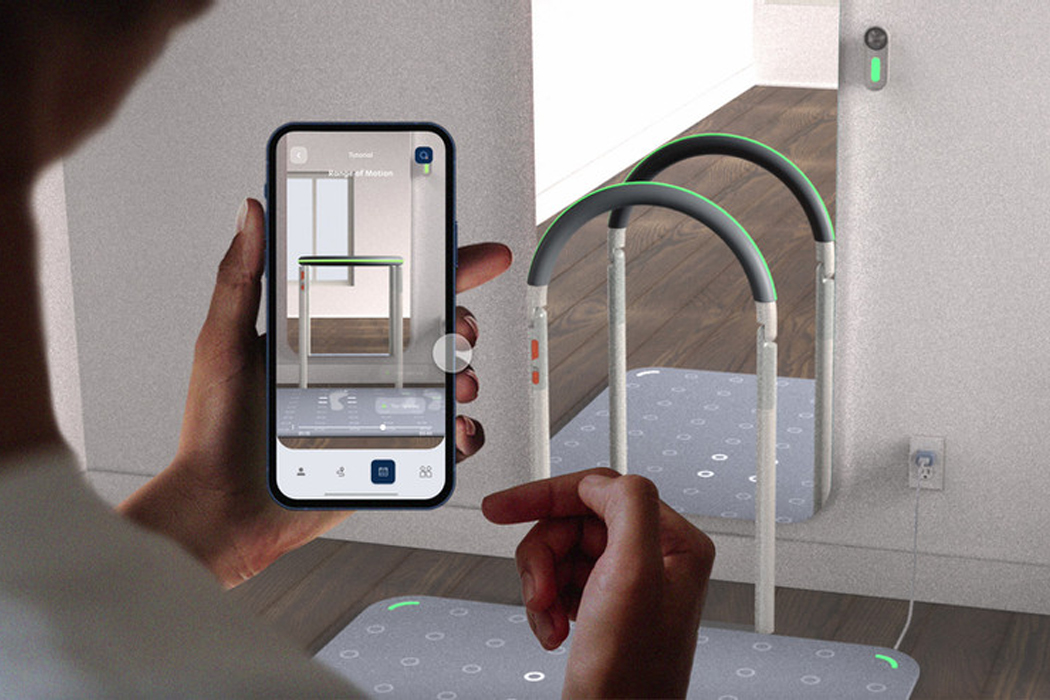
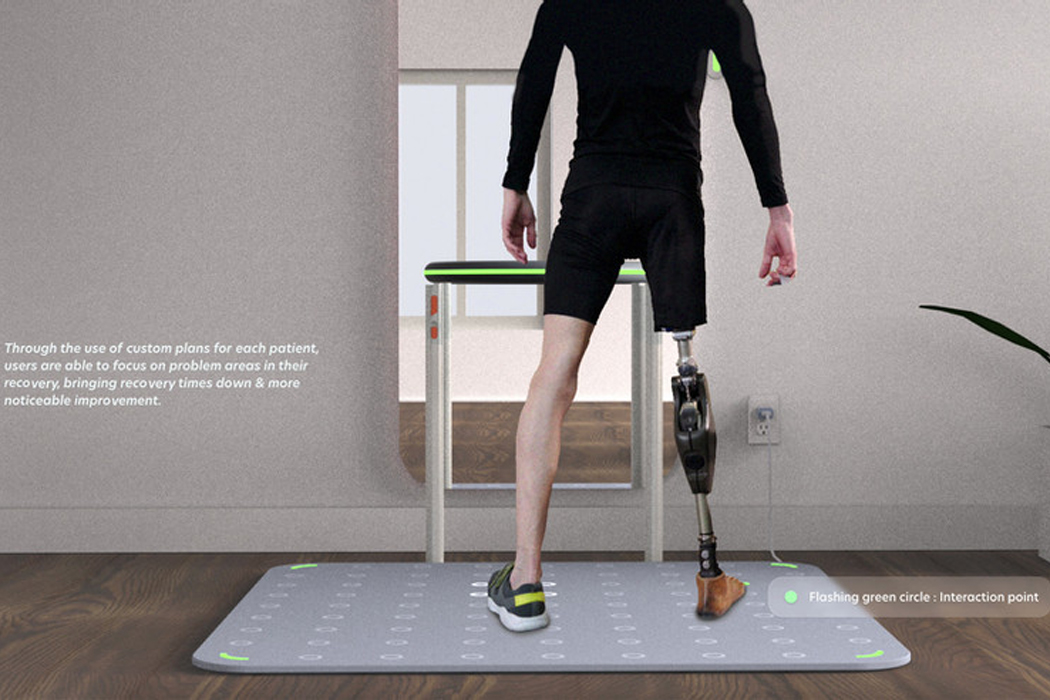
“Through the use of custom plans for each patient, users are able to focus on problem areas in their recovery, bringing recovery times down and more noticeable improvements.”
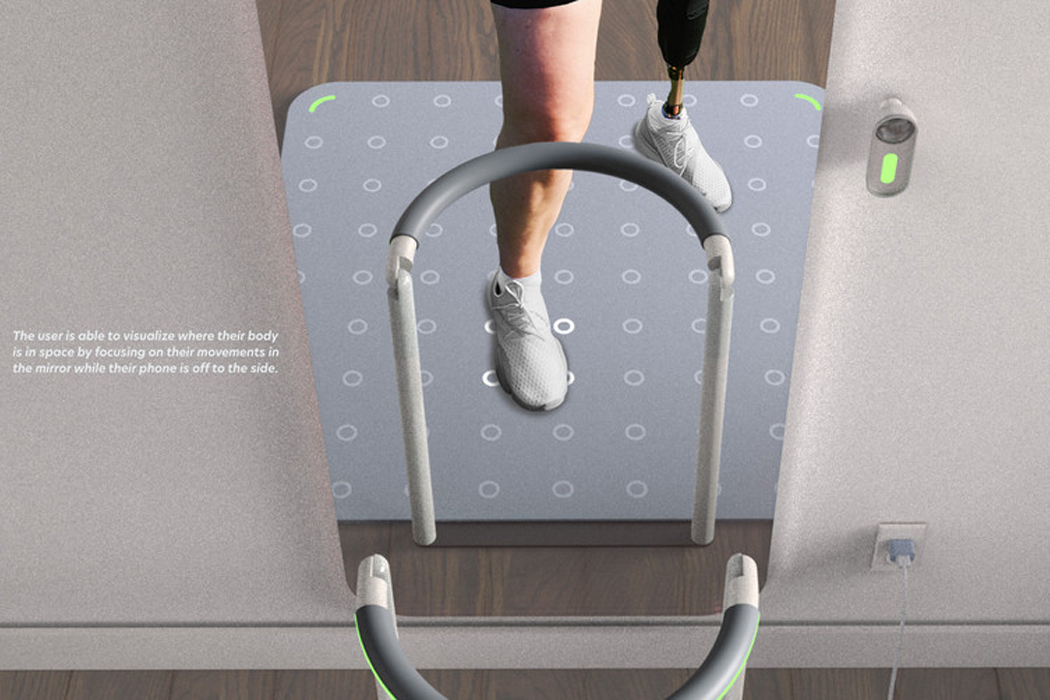
“The user is able to visualize where their body is in space by focusing on their movements in the mirror while their phone is off to the side.”
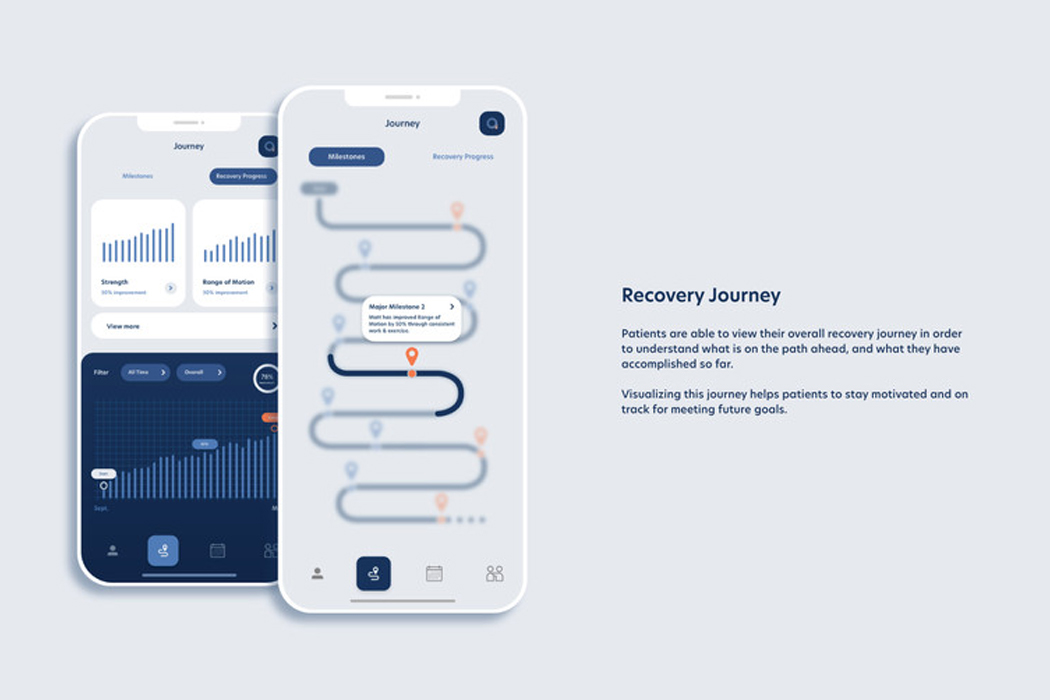
Visualizers help to keep patients on track towards functional recovery.
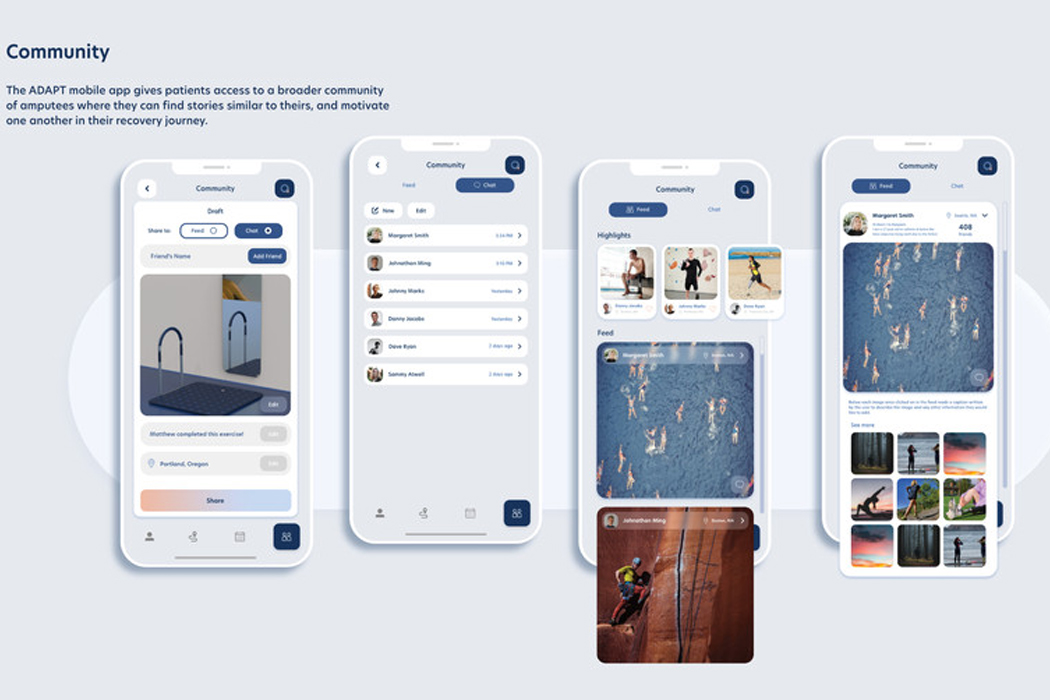
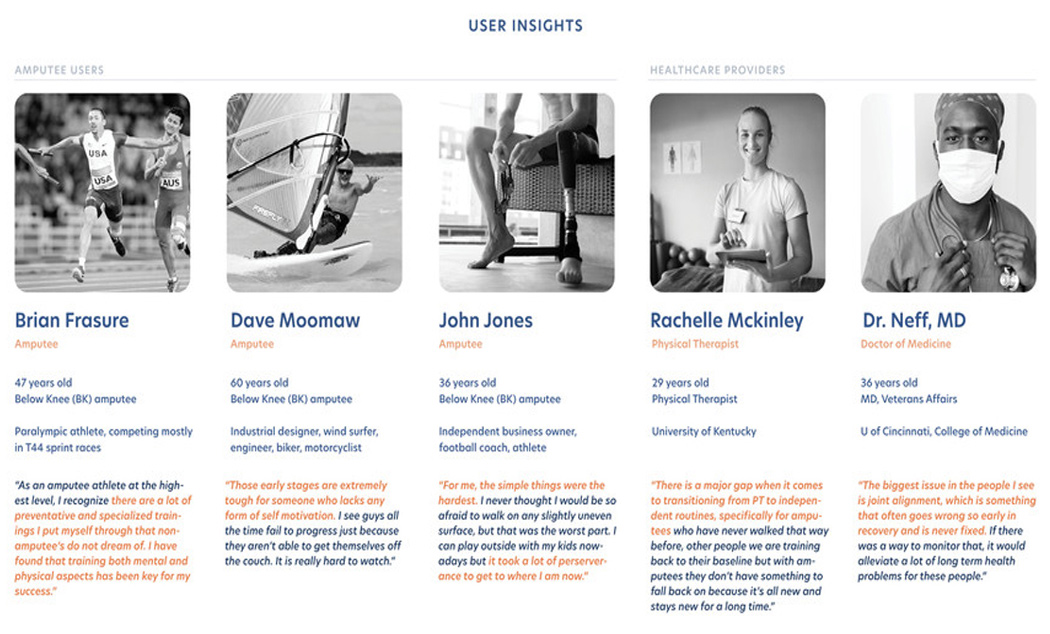
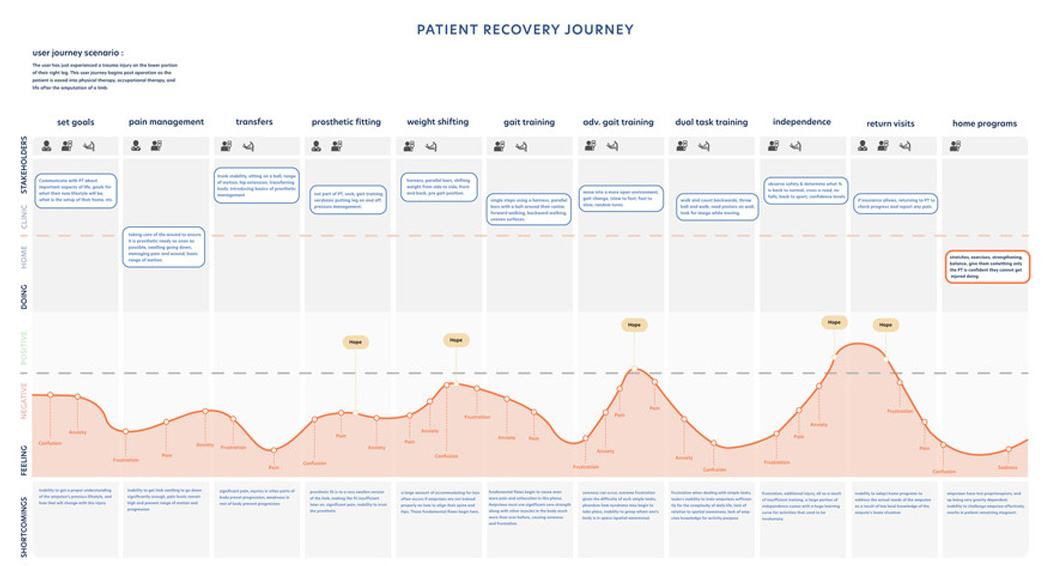
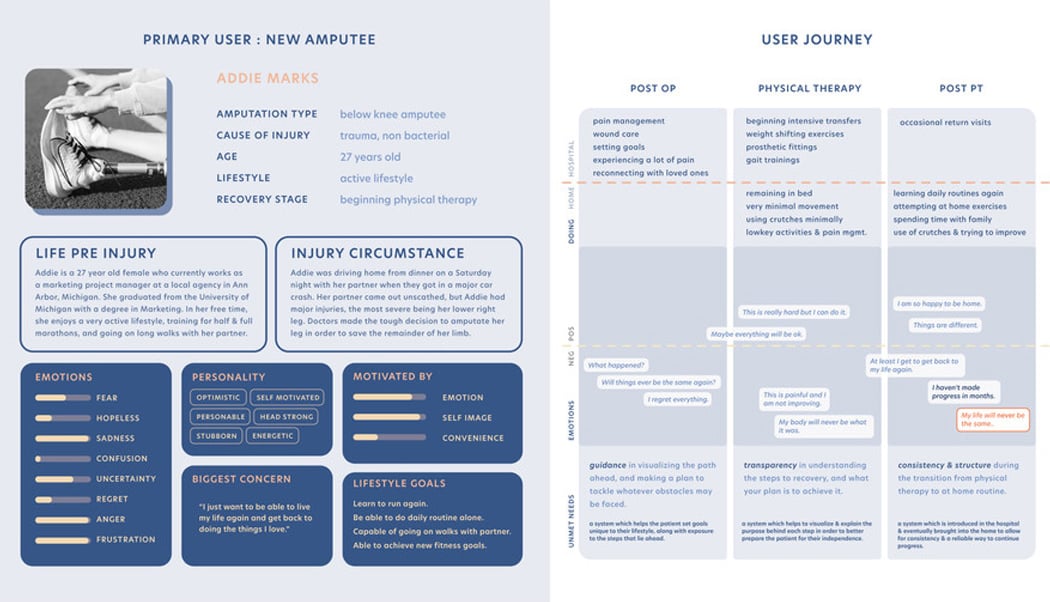
Lang learned that guidance, transparency, consistency, and structure were some important aspects of continuing with at-home physical therapy.
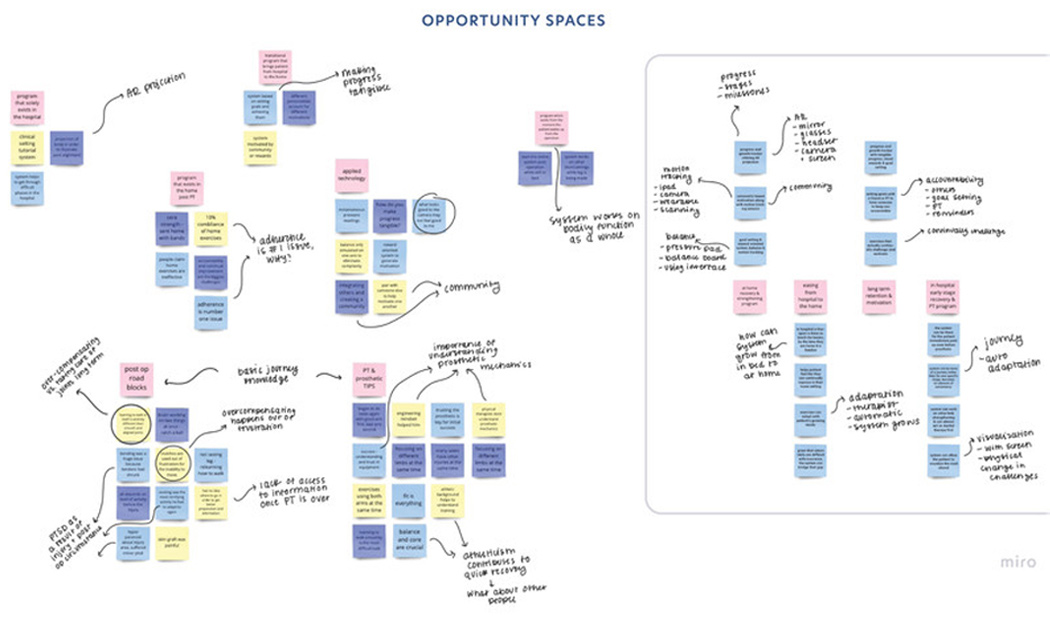
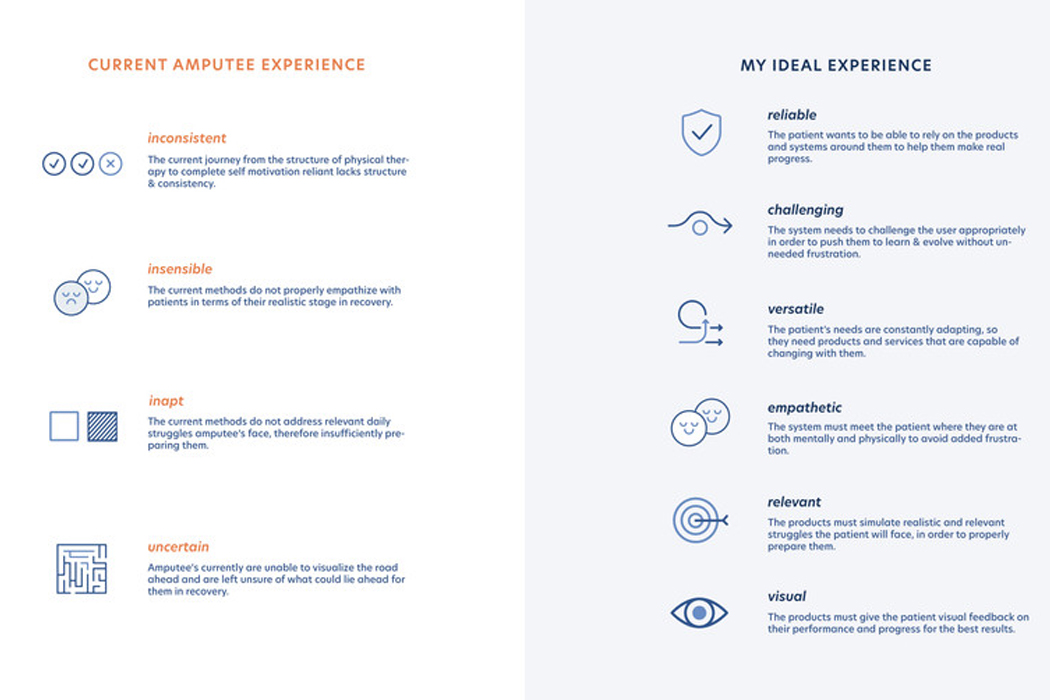
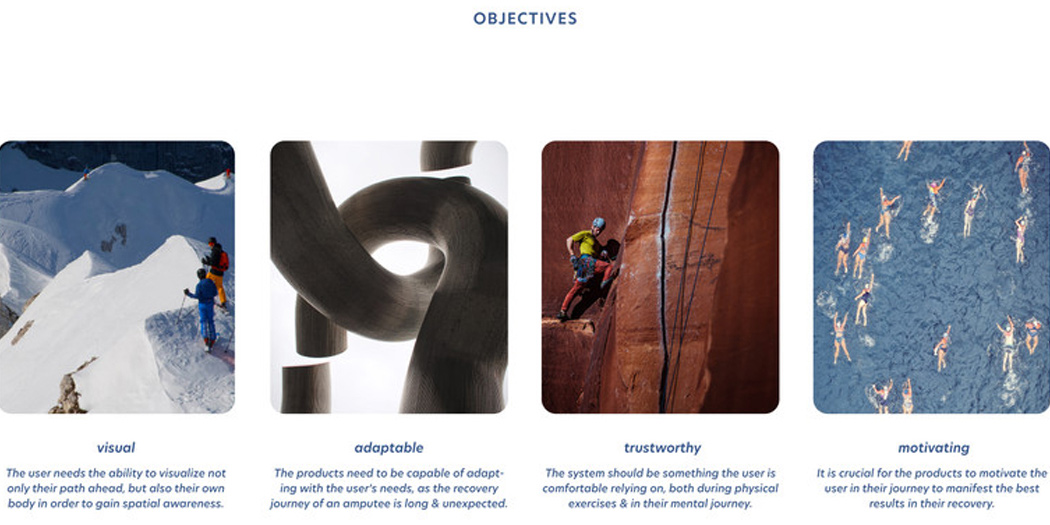
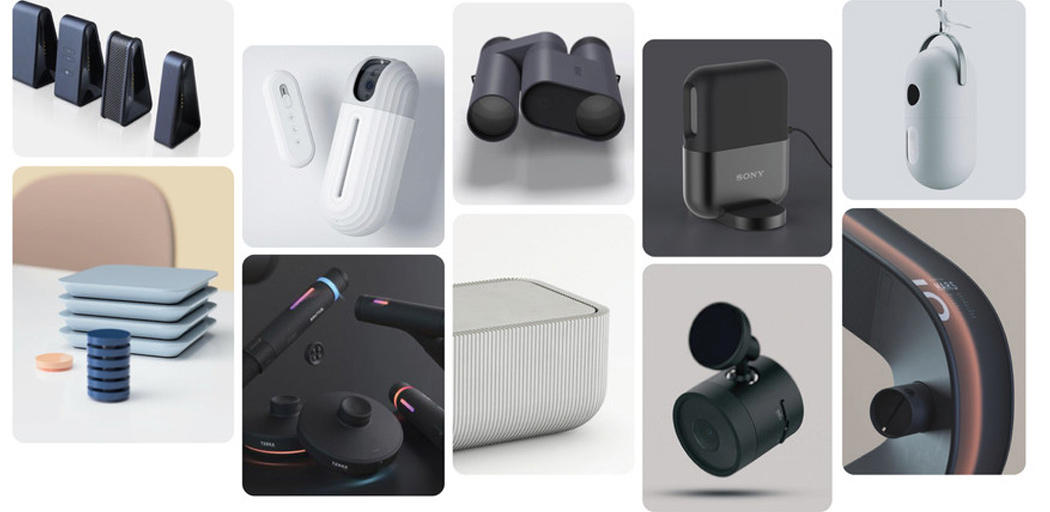
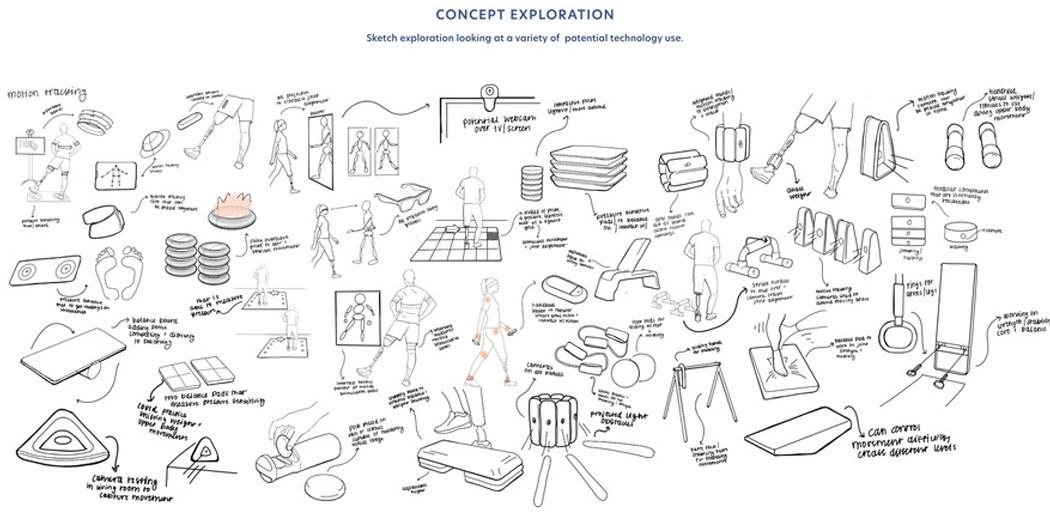
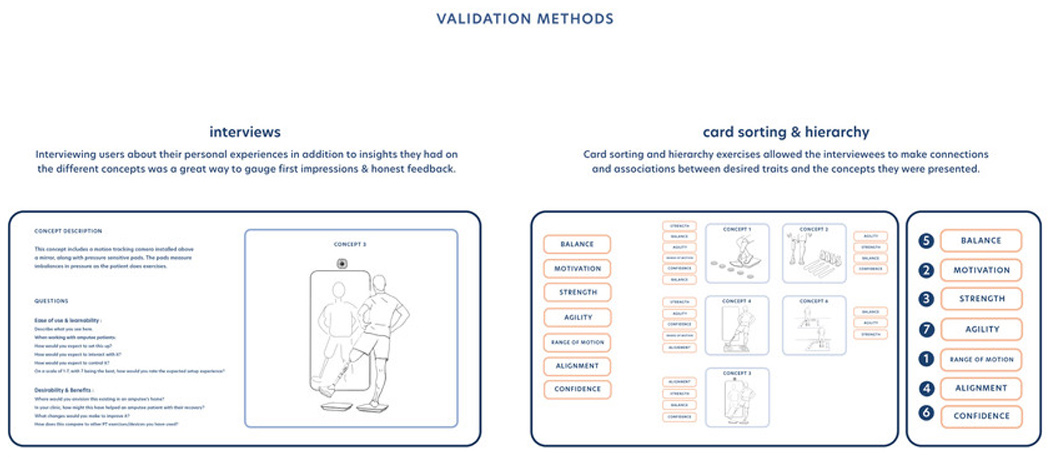

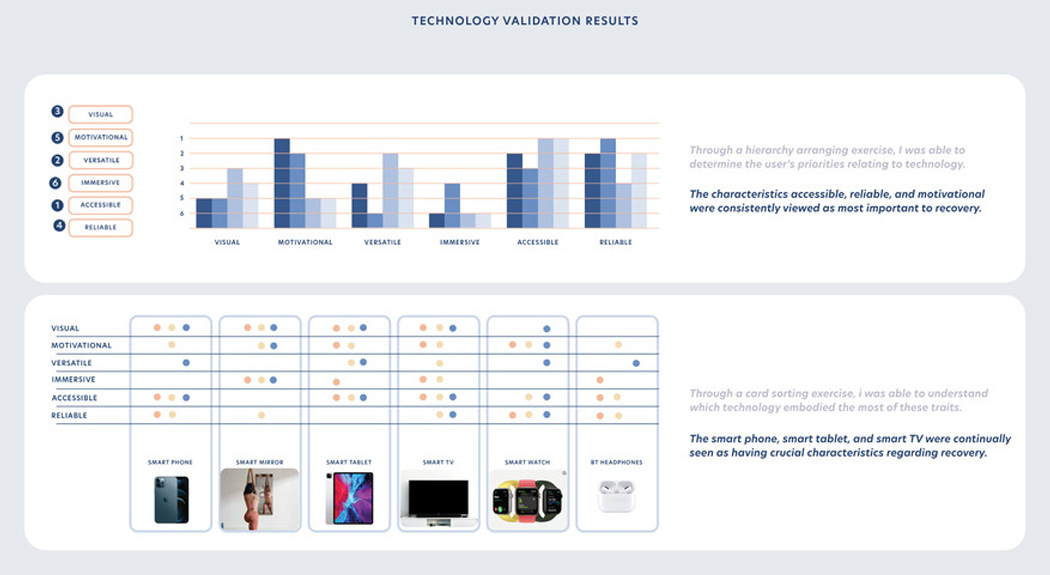
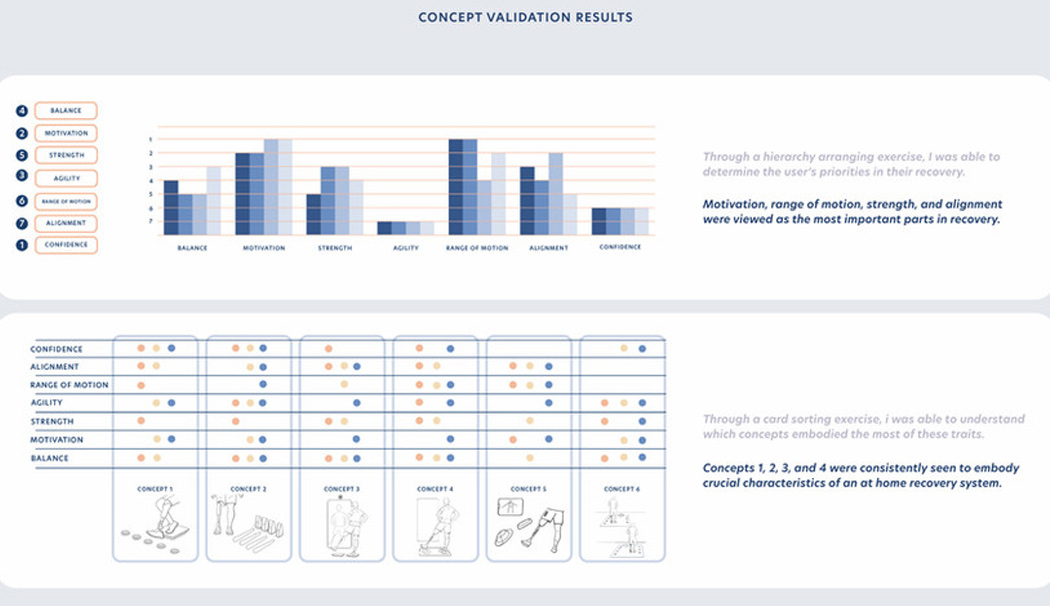
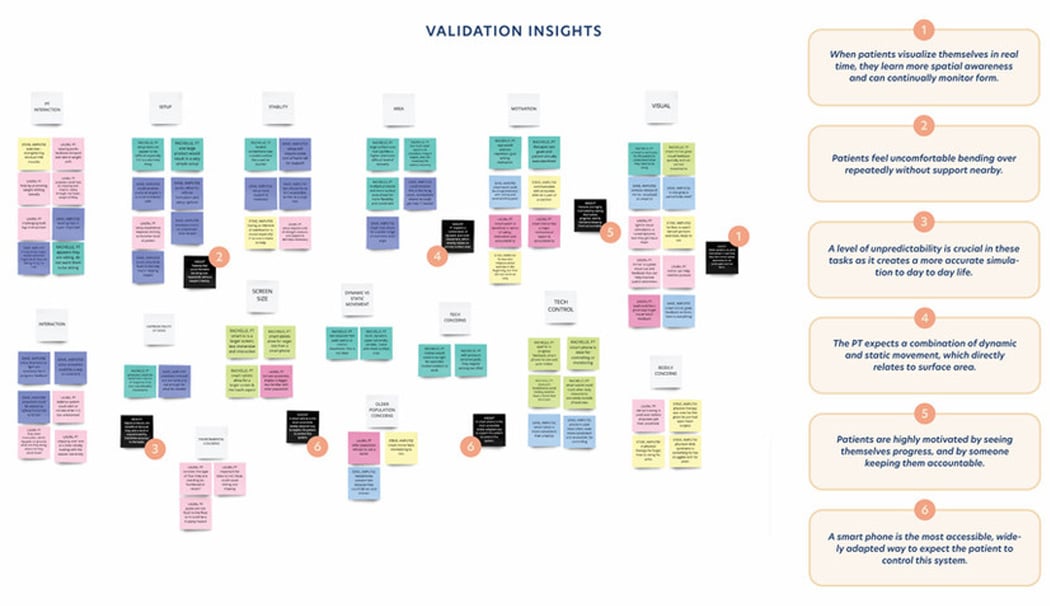
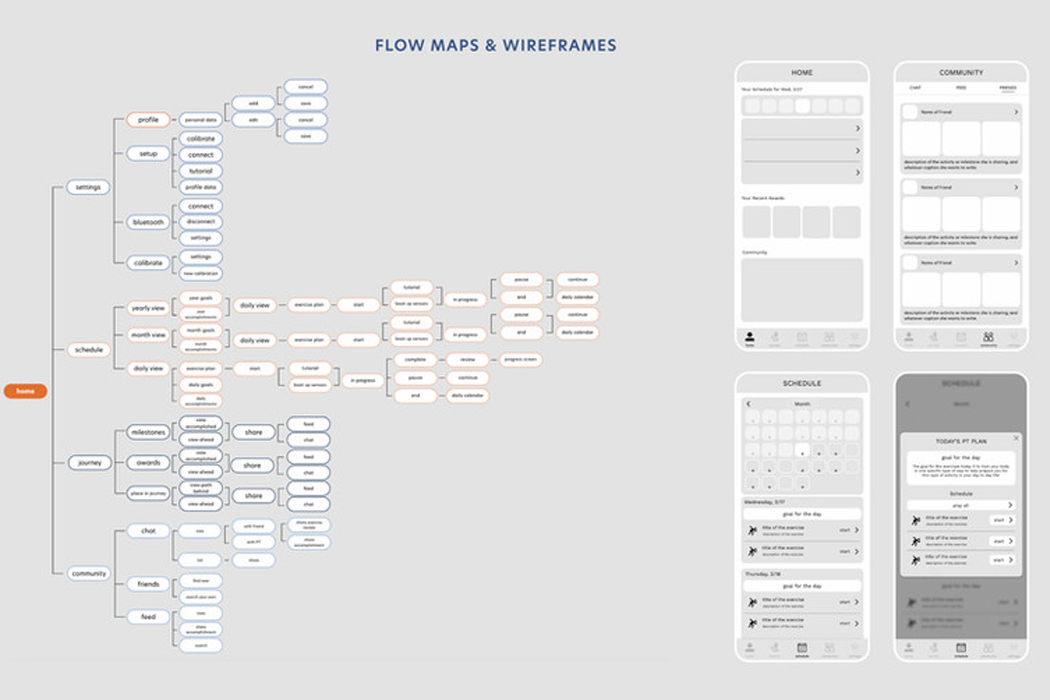
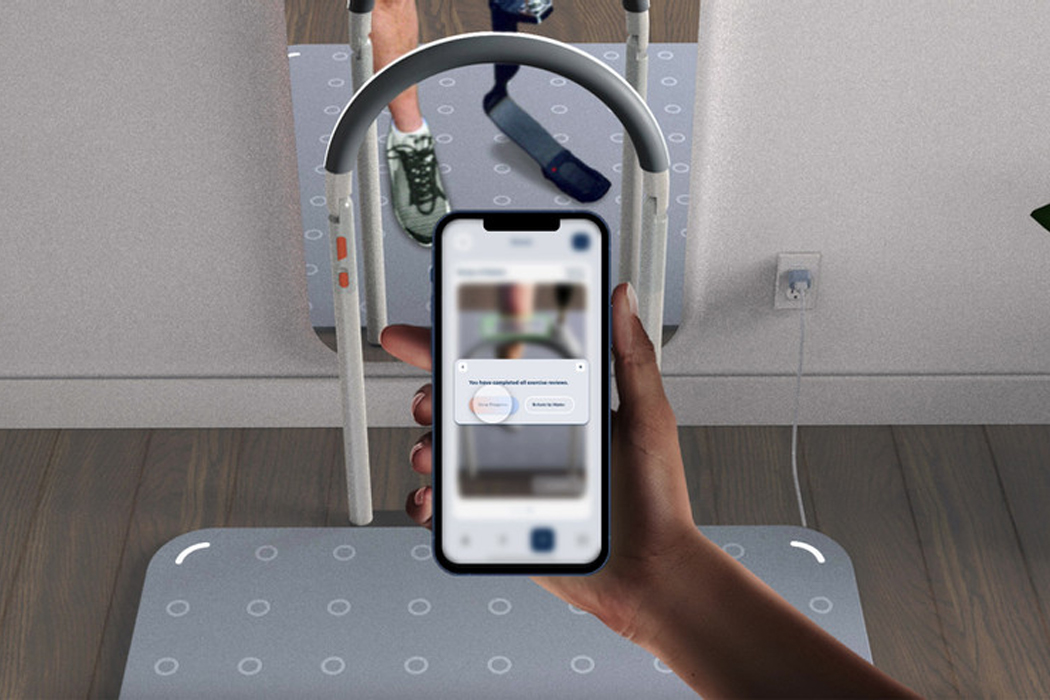
0 Commentaires